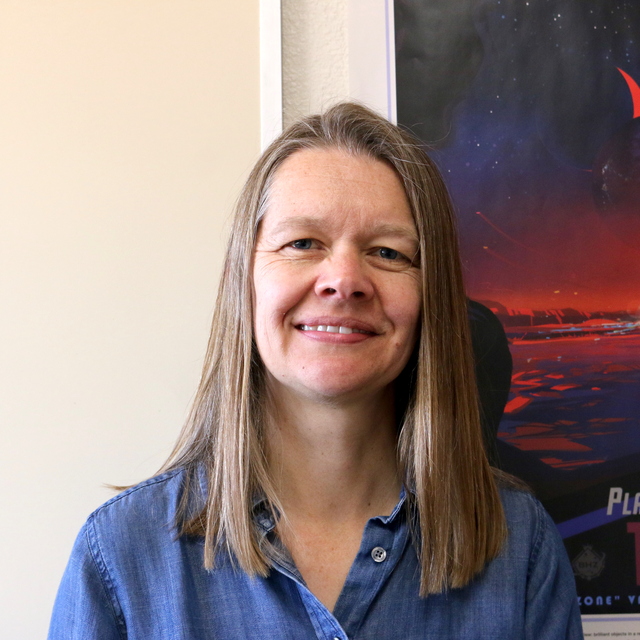April
2015
•
2015ApJS..217...31M
Authors
•
Mullally, F.
•
Coughlin, Jeffrey L.
•
Thompson, Susan E.
•
Rowe, Jason
•
Burke, Christopher
•
Latham, David W.
•
Batalha, Natalie M.
•
Bryson, Stephen T.
•
Christiansen, Jessie
•
Henze, Christopher E.
•
Ofir, Aviv
•
Quarles, Billy
•
Shporer, Avi
•
Van Eylen, Vincent
•
Van Laerhoven, Christa
•
Shah, Yash
•
Wolfgang, Angie
•
Chaplin, W. J.
•
Xie, Ji-Wei
•
Akeson, Rachel
•
Argabright, Vic
•
Bachtell, Eric
•
Barclay, Thomas
•
Borucki, William J.
•
Caldwell, Douglas A.
•
Campbell, Jennifer R.
•
Catanzarite, Joseph H.
•
Cochran, William D.
•
Duren, Riley M.
•
Fleming, Scott W.
•
Fraquelli, Dorothy
•
Girouard, Forrest R.
•
Haas, Michael R.
•
Hełminiak, Krzysztof G.
•
Howell, Steve B.
•
Huber, Daniel
•
Larson, Kipp
•
Gautier, Thomas N., III
•
Jenkins, Jon M.
•
Li, Jie
•
Lissauer, Jack J.
•
McArthur, Scot
•
Miller, Chris
•
Morris, Robert L.
•
Patil-Sabale, Anima
•
Plavchan, Peter
•
Putnam, Dustin
•
Quintana, Elisa V.
•
Ramirez, Solange
•
Silva Aguirre, V.
•
Seader, Shawn
•
Smith, Jeffrey C.
•
Steffen, Jason H.
•
Stewart, Chris
•
Stober, Jeremy
•
Still, Martin
•
Tenenbaum, Peter
•
Troeltzsch, John
•
Twicken, Joseph D.
•
Zamudio, Khadeejah A.
Abstract
•
We present the sixth catalog of Kepler candidate planets based on nearly four years of high precision photometry. This catalog builds on the legacy of previous catalogs released by the Kepler project and includes 1493 new Kepler Objects of Interest (KOIs) of which 554 are planet candidates, and 131 of these candidates have best-fit radii \lt 1.5 {{R}\oplus }. This brings the total number of KOIs and planet candidates to 7348 and 4175 respectively. We suspect that many of these new candidates at the low signal-to-noise ratio limit may be false alarms created by instrumental noise, and discuss our efforts to identify such objects. We re-evaluate all previously published KOIs with orbital periods of \gt 50 days to provide a consistently vetted sample that can be used to improve planet occurrence rate calculations. We discuss the performance of our planet detection algorithms, and the consistency of our vetting products. The full catalog is publicly available at the NASA Exoplanet Archive.
Links





